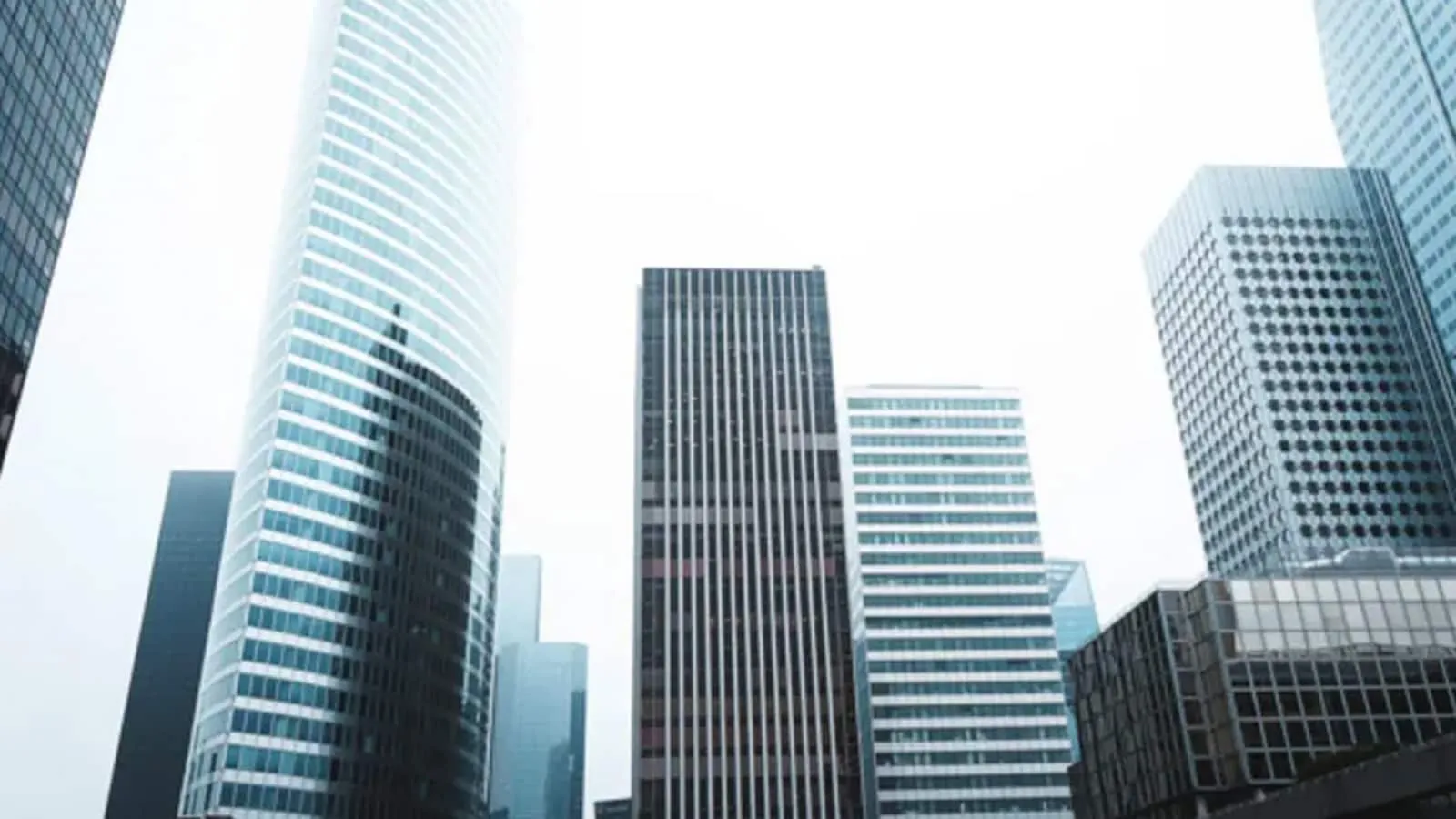The $30 Million Plan to Overhaul Tourism Around Egypt’s Pyramids

(Bloomberg) — Some 2.5 million people visit the Pyramids of Giza each year with hopes of an epic experience befitting one of the World’s Seven Wonders. But for decades, a trip to Egypt’s most famous tourist spot meant battling crowds and parrying aggressive hawkers.
Now, thanks to a $30 million revamp that rethinks the experience, seeing the pyramids is finally inspiring more awe than agony. A network of buses whisks visitors around the site, the hard-sells have been tamed — and you can even enjoy some fine dining overlooking the 4,600-year-old monuments.
All this officially debuts on July 3 — a milestone seven years in the making. In 2018, the Egyptian government signed a public-private partnership deal with Egyptian billionaire Naguib Sawiris’ Orascom Pyramids Entertainment to overhaul the Giza Plateau, the area west of Cairo on which the ancient structures sit.
A soft launch began in early April, allowing OPE to make improvements and address shortcomings ahead of a wider reveal, OPE Executive Chairman Amr Gazarin said in an interview. The firm will operate the location for the next 11 years, drawing revenue not from ticket sales — which the government is solely entitled to — but from VIP tours, sponsorship deals and commercial leases on the grounds.
The opening date coincides with the long-awaited inauguration of the Grand Egyptian Museum — the $1 billion flagship attraction sitting about a mile away. Taken together, the two projects represent some of the biggest strides yet in Egypt’s goal of doubling annual visitors to 30 million within a decade. It’s a target that would put it roughly on par with Greece, making it one of the most-visited countries in the world.
One of the key changes was to make the Giza Plateau car-free. Instead of driving up a winding road in the shadow of the Great Pyramid, visitors now enter via a gate on a highway 1.5 miles to the southwest.
After passing through the so-called Great Gate and buying tickets, visitors navigate a gleaming hall of introductory exhibits before boarding new hop-on, hop-off buses. Within minutes, they can be dropped off at the feet of the three colossal pyramids, each built from 80-ton limestone blocks. The iconic Great Sphinx lies further below.
At bus stops around the site they’ll find facilities that were long-lacking, including upgraded restrooms, formal souvenir stores and cafes. And, with the opening of several eateries in recent years, you can finally order a meal on-site.
Khufu’s, which serves up a deluxe twist on Egyptian staples and has a terrace overlooking the pyramid built for the pharaoh of the same name, has been ranked one of the Middle East and North Africa’s top restaurants by World’s 50 Best.
“It wasn’t a good experience before, for sure,” said Mariam Al-Gohary, 37, an Egyptian-Canadian citizen who visited the pyramids in mid-May for the first time in 15 years.
“Now it’s like going to the museum,” said Al-Gohary, who works in human resources in Calgary, Alberta. “It looks like what you would expect a big tourist destination.”
Visitor numbers were up almost 24% in April compared to the year before, according to the Tourism Ministry. Egypt’s tourist sector is already on a tear and saw record arrivals in the opening months of 2025, though, so it’s unclear how much the project itself drove the increase.
OPE’s Gazarin says Egyptian authorities are also helping the company tackle a critical issue: hawkers offering horse and camel rides. They’ve long been accused of being aggressive and overcharging as they literally and figuratively take tourists for a ride.
Al-Gohary from Calgary recalled that when she and her friend rode camels in 2010, the owner demanded extra money to have the animals kneel so they could dismount from them – an infamous ploy. She avoided them altogether on this year’s visit.
For first-time visitors, it’s now easier to avoid getting swept up by the scams. The new setup has denied horsemen and hawkers the access they had to the old entrance, where they were accused of accosting tourists. Authorities have allocated horsemen a separate and relatively isolated area, but many have been defiant and pushed for positions closer to the pyramids.
It’s a work in progress, says Gazarin, who expects Egyptian authorities to gradually tighten the limits to better ensure enforcement.
“People were afraid to go to the pyramids” because of the issue, he said.
He rues the fact the pyramids draw just 2.5 million visitors a year — half of them Egyptian. By comparison, over 12 million went to the Colosseum in Rome in 2023.
But Gazarin knows it will take time to build up those numbers, especially in the face of regional conflicts that create some amount of local unpredictability. What matters, he says, is that the numbers trend upwards.
“It’s unacceptable the world’s most important monument attracts just above one million foreigners.”
–With assistance from Abdel Latif Wahba and Victoria Cagol.
More stories like this are available on bloomberg.com









